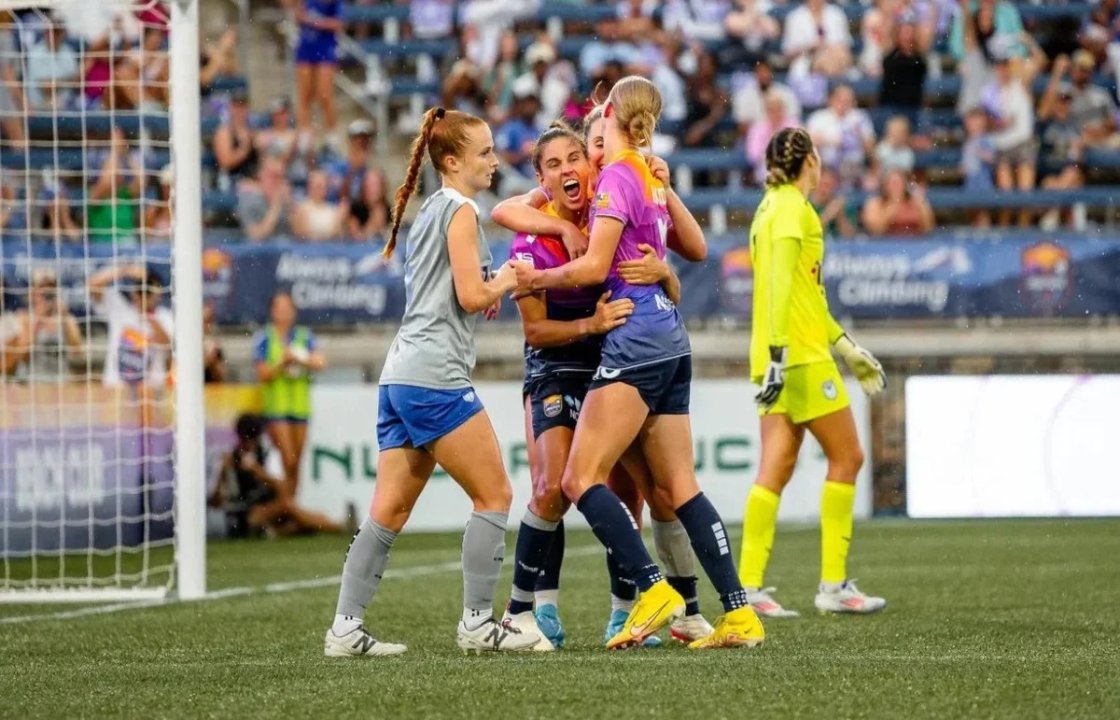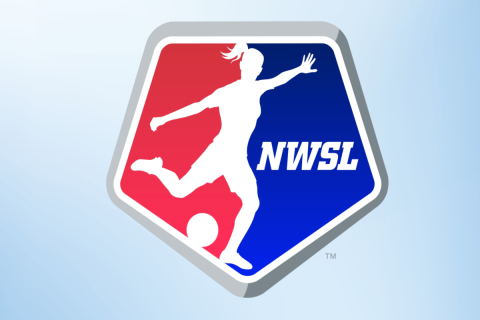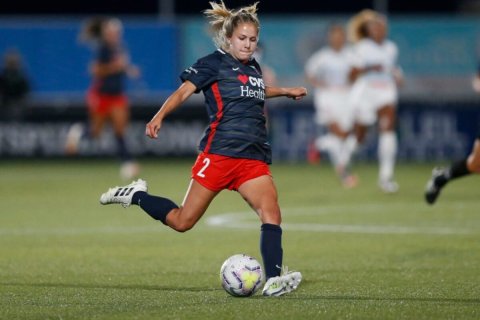As the world of women’s soccer grows at an unstoppable pace, alternative professional leagues like the USL Super League are rewriting the playbook and expanding the game’s future.
A Changing Landscape in Women’s Soccer
For years, the National Women’s Soccer League (NWSL) has stood as the premier destination for professional women’s soccer in the United States. Its growth has been impressive, with increasing sponsorships, TV deals, and global stars joining its ranks. Yet, just as in the men's game, a single-league model can only carry the weight of so much potential. In 2024, the landscape shifted dramatically as the USL Super League officially launched its inaugural season, signaling not just competition, but opportunity—a fresh, exciting chapter in the evolution of women’s professional soccer.
The USL Super League is not just another league—it’s a movement. It brings a new layer of depth and dimension to the soccer ecosystem in the U.S., aiming to increase access, visibility, and professional opportunities for female players across the country.
What Is the USL Super League?
Backed by the United Soccer League, which already operates successful men’s divisions such as the USL Championship and USL League One, the Super League seeks to mirror the global calendar, running from fall to spring, unlike the NWSL. This alignment positions it to engage with the global transfer market, develop deeper pipelines, and attract international talent.
It’s more than just logistics. The USL Super League wants to close the gap between grassroots development and elite competition. With cities like Chattanooga, Dallas, Lexington, and Spokane among the first markets, the league is committed to regional diversity, local investment, and community integration. This focus not only expands the geographic reach of the women’s game but also plants seeds for long-term loyalty and support.

Why Alternative Leagues Matter
The term “alternative” might sound secondary—but in reality, these leagues often serve as critical incubators for growth and innovation. Much like La Liga 2 or Serie B in men’s football, having multiple leagues strengthens the overall ecosystem. Players get more chances to play. Coaches gain more opportunities to lead. Fans gain more access to the game they love.
The USL Super League challenges the notion that there is only one “top-tier” option. It opens new pathways for college players, late bloomers, and international athletes who might otherwise be overlooked. It also encourages competition among clubs and leagues, which can push standards higher and lead to better working conditions, improved player development, and more robust fan experiences.
As seen in global soccer systems, multiple competitive leagues elevate the game—not dilute it. The rise of alternative leagues is not fragmentation; it’s multiplication. It’s about offering more—not less.
An Answer to the Global Growth of the Game
Globally, women’s soccer is booming. Attendance records are being shattered. World Cup viewership is at an all-time high. Countries like England, Spain, and Mexico are investing heavily in their domestic women’s leagues. The U.S., long seen as a pioneer in women’s football, cannot afford to rest on past achievements.
The launch of the USL Super League is a direct response to this global trend. It’s a recognition that growth must be horizontal as well as vertical. A rising tide lifts all ships, but only if there are ships in the harbor. The Super League provides another vessel—one with its own identity, purpose, and commitment to long-term sustainability.
By aligning more closely with the global soccer calendar, the USL Super League also opens up strategic partnerships, international friendlies, and transfer windows that make it more connected with the rest of the world. That’s key in a sport that is becoming increasingly interconnected.
Empowerment Through Opportunity
One of the most powerful aspects of the USL Super League is its commitment to empowering women in all areas of the game—from players and coaches to executives and business leaders. It is not just focused on the pitch; it is equally invested in creating a leadership pipeline for women across the sports industry.
This is critical. Professional leagues don’t just create stars; they build careers. From sports marketing and analytics to physiotherapy and event operations, the growth of women’s leagues creates job opportunities that extend far beyond the 90 minutes on the field.
This expansion sends a strong message to young girls and aspiring female professionals that the world of soccer is for them, by them, and about them.

The Future Is Now
It’s not often that we get to witness the birth of a new professional league. The USL Super League isn’t just riding a wave—it’s helping create it. It is a sign of ambition, creativity, and belief in the power of sport to drive change.
And while challenges remain—such as establishing long-term financial stability, drawing consistent crowds, and gaining media attention—history shows that big breakthroughs begin with bold steps. The USL Super League has made that step, and now the rest of us get to watch, support, and participate in this evolution.
The league’s potential lies in how it can reshape the narrative, not just for athletes but for entire communities that have never had a professional women’s team to rally behind. These teams will become more than just clubs—they will become symbols of empowerment and local pride.
Bridging the Gap: From Development to Professionalism at SIA Academy
At SIA Academy, we understand the importance of pathways and opportunities. Our mission is to develop players—male and female—not just for one league or one moment, but for the entire spectrum of the soccer world. That’s why the rise of leagues like the USL Super League is so meaningful to us.
Just as the Super League expands the professional landscape, our programs expand the developmental landscape. We focus on personalized training, tactical growth, academic support, and international exposure to ensure our players are prepared for the realities of modern football. Whether it’s Europe, North America, or beyond, we recognize that the future of soccer lies in diversity, adaptability, and access.
The rise of alternative leagues gives our players more destinations—and more dreams to chase. At SIA Academy, we’re proud to be part of the journey that prepares them to get there.






